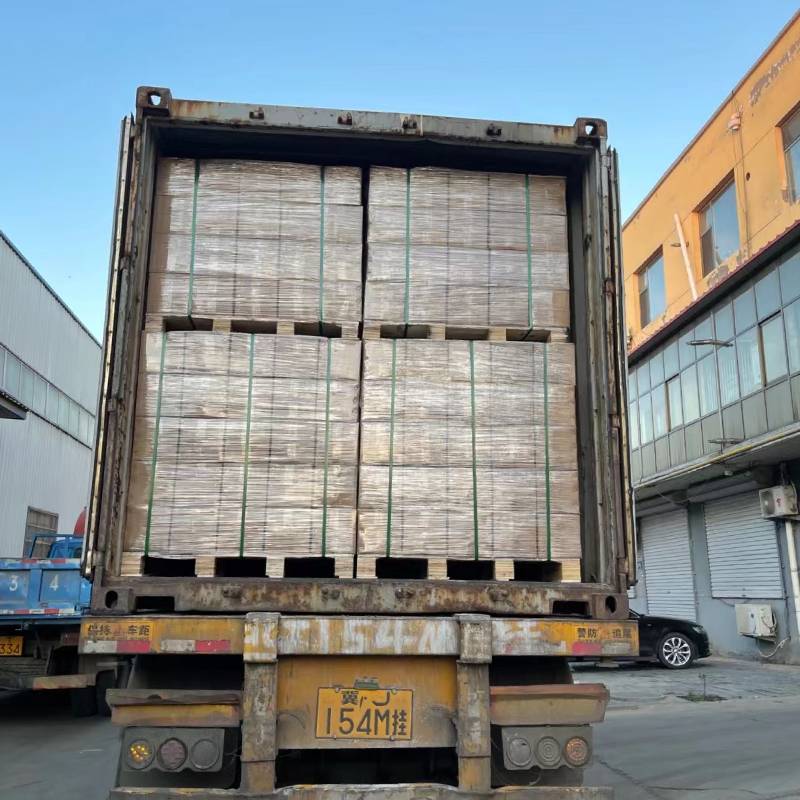
- Mobile Phone
- +8613931874955
- sales@cntcmetal.com
spacers for reinforcing mesh
The Importance of Spacers for Reinforcing Mesh in Construction
In the realm of construction, reinforcing mesh plays a crucial role in enhancing the structural integrity of concrete elements. This mesh, often made of steel, is embedded within concrete to provide additional strength and durability. However, a key component to the successful implementation of reinforcing mesh is the use of spacers. Spacers are essential accessories that help maintain the proper positioning of the mesh within the concrete. This article will delve into the importance of spacers for reinforcing mesh, exploring their types, benefits, and applications in modern construction.
Understanding Spacers
Spacers are devices that ensure the reinforcing mesh is accurately positioned and adequately covered by concrete. This is critical because if the mesh is too close to the surface, it can become exposed over time, leading to corrosion and compromising the structural integrity of the concrete. Conversely, if the mesh is too deep within the slab, it may not effectively contribute to the tensile strength of the concrete.
Spacers come in various materials, including plastic, metal, and even concrete. The choice of material often depends on the specific requirements of the construction project, such as environmental conditions, load-bearing needs, and the type of concrete mix being used.
Types of Spacers
1. Plastic Spacers These are lightweight and resistant to moisture and chemicals. Plastic spacers are commonly used in residential and commercial projects because they prevent corrosion and do not rust, making them ideal for reinforcing mesh in concrete slabs exposed to various environmental conditions.
2. Metal Spacers Metal spacers, whether made of galvanized steel or stainless steel, offer exceptional strength and durability. They are often used in heavy-duty applications or when high load-bearing capacity is required. However, care must be taken to prevent rust, which can occur in moist environments.
3. Concrete Spacers These are made from the same concrete mix used in the slabs, blending seamlessly with the structure. Concrete spacers are often used when additional strength is needed, and they offer good resistance to environmental elements.
Benefits of Using Spacers
spacers for reinforcing mesh

1. Ensured Proper Coverage One of the primary benefits of spacers is that they ensure the reinforcing mesh is adequately covered by concrete. Proper coverage is crucial to protect the mesh from environmental elements that can lead to deterioration.
2. Enhanced Structural Integrity By maintaining the correct positioning of the reinforcing mesh, spacers contribute to the overall strength and stability of the concrete structure. This optimal placement enables the mesh to effectively absorb and distribute tensile forces.
3. Improved Bonding Spacers help in achieving a mechanical bond between the mesh and the concrete, which is vital for the performance of the structure. A well-bonded mesh can significantly enhance the load-bearing capacity of the concrete element.
4. Work Efficiency Utilizing spacers simplifies the installation process. They help maintain uniformity during the placement of the mesh, allowing for quicker and more efficient work on site.
Applications in Modern Construction
The use of spacers for reinforcing mesh is prevalent across various construction projects. In commercial buildings, bridges, and high-rise structures where longevity and durability are critical, spacers are indispensable. Additionally, in residential construction, they are commonly used in foundations, slabs, and driveways.
Moreover, in precast construction, spacers help maintain the correct dimensions of the components during manufacturing, ensuring that the final products meet quality standards. Similarly, in roads and pavements, they play a vital role in maintaining the structural integrity and extending the lifespan of the surface.
Conclusion
In summary, spacers for reinforcing mesh are an essential element in the construction industry. By ensuring proper coverage and positioning of the mesh, they contribute to the overall durability and strength of concrete structures. As construction techniques evolve and the demand for high-performance building materials increases, the importance of spacers will continue to grow, highlighting their role in modern engineering practices. Properly utilizing spacers is a small but significant step toward achieving robust and resilient construction projects that can withstand the test of time.
share:
-
Your Source for Concrete Wall Ties and Masonry AccessoriesNewsJul.10,2025
-
Unlocking the Power of Iron Wire for Every ProjectNewsJul.10,2025
-
Explore Advanced Chain Wire and Stainless Steel Mesh FencingNewsJul.10,2025
-
Discover the Benefits of Annealed Wire ProductsNewsJul.10,2025
-
Discover China Stainless Steel Wire Mesh SolutionsNewsJul.10,2025
-
Build with Confidence Using High-Performance Masonry AccessoriesNewsJul.10,2025
-
Why Sacrificial Formwork Is Redefining Underground ConstructionNewsJun.06,2025



















